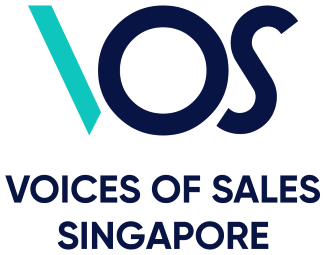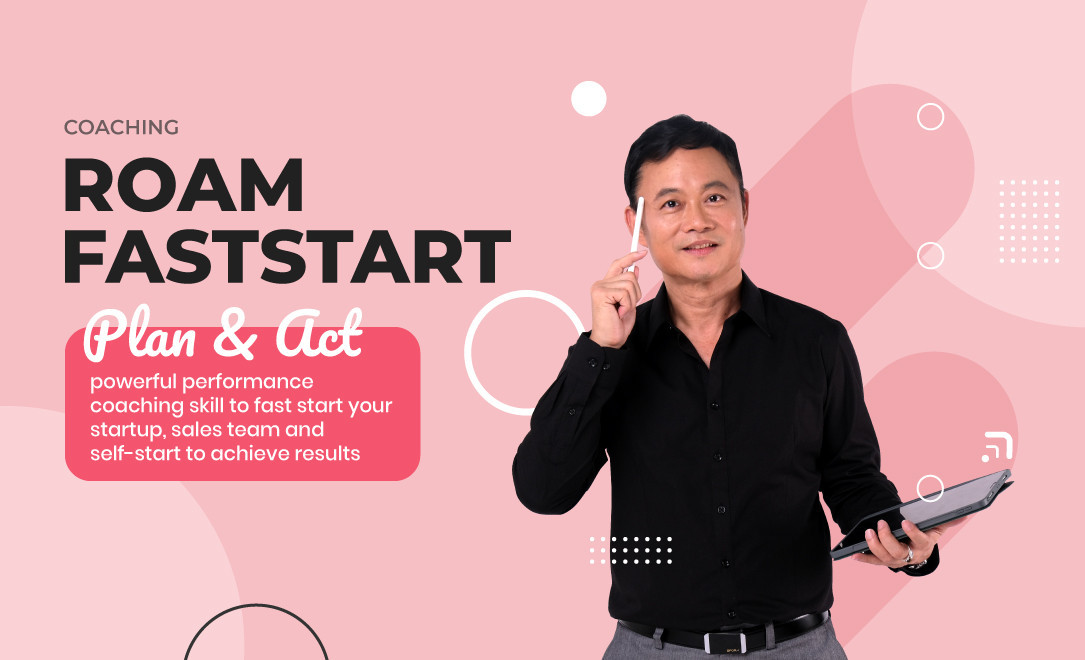Tips for the Pre-approach method: The 4th step of the sales process
What is Pre-Approach?
Pre-approach is one of the first phases in the selling process in which a salesperson gathers information about potential clients before contacting them. It comprises customer analysis, abilities, requirements, and desires about a customer in order to make the sales process more relevant to all stakeholders. A strong Pre-Approach plan establishes the groundwork for the subsequent phases in the process.
Importance of Pre Approach
One of the most critical elements in the sales process is the pre-approach. It guarantees that the salesperson is properly informed on the demands and desires of the customers in order to ensure that the client is fully aware of the product and that there are no gaps. An analysis is critical for good preparedness.
This study may include different aspects of the consumer such as:
a. Age
b. Preferences
c. Education
d. Habits
e. Social status
f. Cultural aspects
This allows the salesperson to plan how he would approach his customer and what he will discuss at their initial meeting.
This enables the salesperson to accomplish the following goals:
1. To give extra product information as requested by the customer
2. Determine the best way to meet the customer's needs.
3. Aids in the avoidance of errors
Pre Approach Example
As an example, consider a salesperson for a premium vehicle brand. After identifying the prospect, the salesperson will want to know the facts about a client, such as age group and economic status, during the pre-approach process. The socioeconomic component may be crucial for a luxury automobile company. For a product such as a luxury automobile, a demo of the car to potential customers may be required, hence a list of the characteristics to be demoed must be created during the pre-approach. Assets such as collaterals, rate cards, and the preparation of other inquiries may also be extremely crucial. A potential buyer may be interested in the engine's technical specifications and performance. Because it is a high-involvement, high-priced sell, the salesman must plan ahead of time.
Pre-Approach In Traditional Selling
Traditional selling tactics allow for the discovery of client requirements during the pre-approach and approach phases, but the focus is less customer-oriented than in emerging trends in relationship selling. Because the goal of conventional selling is to overcome obstacles to purchasing the product, salespeople may dismiss what a potential client says as simply "talking points" that are beneficial in obtaining the agreement that leads to the sale.
The New Selling Dynamic: Relationship Selling
In relationship selling, the consumer perceives the salesman as a valuable part of the company's procurement team, not just a vendor. The relationship salesman is more concerned with the customer than with the product or service being offered. The traditional sales paradigm is focused on what it takes to "sell the product." The relationship sales paradigm focuses on what is necessary to assist the customer in "growing and prospering."
Pre-Approach in Relationship Selling
Although the sequential phases in relationship selling are largely the same as those in traditional selling, there are minor but significant changes. Consumer-focused relationship selling necessitates prioritizing the discovery of customer requirements. It's no longer only a matter of coming up with talking points to integrate into your closing sales "pitch." They are the reason you are conducting the pre-approach/approach stages.
Pre-Approach Steps to Relationship Selling
The difference between traditional and relationship selling is how your consumer regards you as a salesman. Building trust is the foundation of relationship selling. The following are some pointers to help you become a relationship salesperson:
- Learn as much as you can about your possibility by utilizing all of the resources at your disposal.
- Learn as much as you can about your rivals' products or services as you can about your own in order to be a valuable resource to your consumers in making better, more informed selections.
- Find out what the customer's purchase priorities are. What is crucial?
- Instead of product or service-focused "features," employ customer-focused "benefit" terminology.
- Don't speak; instead, listen carefully and offer probing questions.
Picture by: Designed by vectorjuice / Freepik











